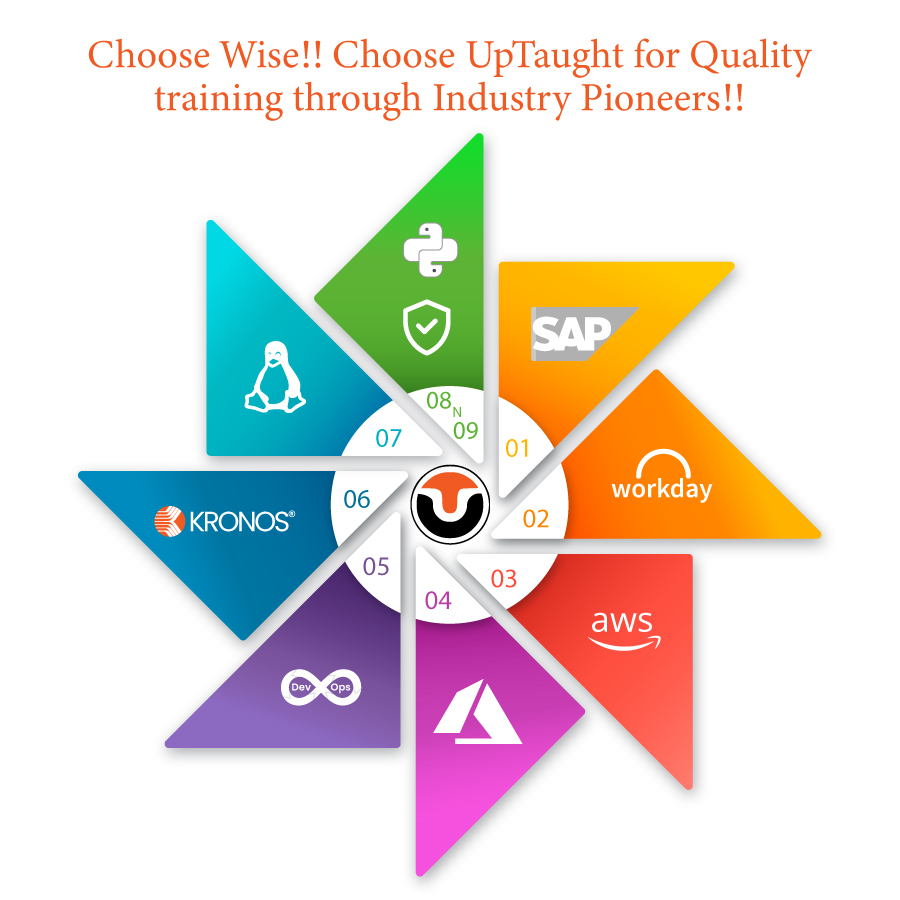SAP S/4HANA is SAP’s ERP for the larger businesses. It is the successor to SAP R / 3 and SAP ERP and is suitable for SAP HANA database SAP memory. SAP represents a sample change from the S/4HANA transactional system that only records data, rather than allowing users to make real-time active decisions based on data from both internal and external sources.
Whether you’re planning to migrate, mid-migration, or you’re already moving. It is important to know the key differences to make the most of your investment potential. Here are some of the difference between SAP ECC FI and SAP S/4HANA from the perspective of a data transfer expert to state the difference more accurately.

Both systems offer centralization of the company’s operational information in a single database, standardization and automation of routine tasks, and a single source for operational reporting.
Table of Contents
Similarities
The two SAP systems have a lot in common. Both SAP ECC FI and S/4HANA enable the business process for purchase, sales, manufacturing, service, distribution, accounting, quality, and plant maintenance. Both systems offer centralization of the company’s operational information in a single database, standardization and automation of routine tasks, and a single source for operational reporting. In addition, both SAP ECC FI and SAP S/4HANA are modular systems designed to help businesses tailor the pieces they need to their business needs.
After all, S/4HANA and ECC probably share 90% of their core features and functions. However, with technological change, differences are bound to arise, and profitable companies can benefit.
13 Major Differences Between SAP ECC FI and SAP S/4HANA
Here are the following 13 major difference between SAP ECC FI and SAP S/4HANA in the table that is more deeply differentiate each thing related to these terms.
ECC | S/4HANA |
Database agnostic (MS SQL, Oracle, HANA, MaxDB, etc.) | Must run on HANA |
Separate customer and vendor files | Conjoined Business Partner files |
Multiple tables and aggregate tables | Universal Journal (union of Fl and Co) and reduced logistics tables |
Primary user interface – GUI | Primary user interface – Fiori (GUI secondary) |
Classic GL or new GL | New GL |
Material Ledger optional | Material Ledger only |
SD rebate processing | Settlement Management – rebate condition contract |
Foreign trade elements included | Foreign trade moved to Global Trade Services |
Warehouse Management | Stock Room Management or Extended Warehouse Management |
Dual ABAP and JAVA stack available | S/4HANA release 1809 and later does not support a dual-stack system setup. Kernel 7.73. |
Legacy System Migration Workbench (LSMW) is primary data load tool | Legacy Transfer Migration Cockpit (LTMC) is primary data load tool |
Material number length 18 character | Material number length 18 or 40 characters |

Differences
The above chart shows several important differences between SEP ECC and S/4HANA. So let’s dive a little deeper, highlighting the five biggest differences below.
1: Database. SAP ECC FI can run on third-party databases such as Oracle, Max DB, and IBM. On the other hand, SAP S/4HANA can only run on SAP HANA, advanced technology in memory.
2: Customer vs. Vendor for Business Partner. SAP maintains separate customer and seller files, even when an organization partners with a company for both tasks. The S/4HANA Business Partner integrates common data structure elements into the record.
3: Integration of controlling (CO) and finance (FI). In SEP ECC, FI GL accounts are mapped with CO base value elements. In SAP S/4HANA, the universal journal structure stores both the GL account and the cost factor.
4: New General Ledger (GL). SAP ECC FI can run on any “classic” GL framework or “new” GL framework. The S/4HANA uses only the new GL, which is technically similar to the new GL in ECC. However, new GL functionality is required in S/4HANA and is a prerequisite for new asset accounting.
5: Rebates. Discounts Customer discounts through existing SD discount processing at ECC have been replaced by settlement management through conditional agreements at S/4HANA.
The next generation of SAP ERP
To be sure, there are deltas on both sides of the Venn diagram when it comes to S/4HANA and SAP ECC FI. However, like a great chess player, successful leaders need to make sure they are on the right track to their business roadmap.
SAP ECC can help run a business today. But for business needs to go tomorrow, the infrastructure provided by SAP S/4HANA provides a space at the door of SAP intelligent enterprise.




